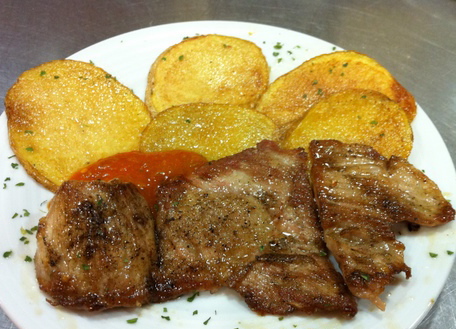Timut or not timut? Gin and "it"
Timut-eh? Every year, media sources, blogs, food forecasters and social media feeds alike introduce new food trends for us to check out, foretelling of food trends to come, ingredients to use and dishes to devour. Professional Masterchef in 2020 introduced us to the wondrous chef Santos Shah and in an ensuing blog post I hinted that we would be seeing more of the traditional Nepalese flavours he had brought to his Masterchef dishes.
Possibly, definitely in my case, due to Santos giving exposure to these rare spices, Timut Pepper, a zesty, grapefruit-like spice hailing from Nepal is now being used throughout the culinary world as an on-trend ingredient to make condiments,desserts and give alcoholic beverages like a gin and tonic an extra kick.
This zany spice adds a kick and an essence of citrus, so it makes a spicy enhancement to a regular Gin and Tonic. Bartenders are shaking their mixology up a notch by grinding a bit into drinks like Timut Pepper Gin and Tonic. Garnished with a sprig or two of rosemary and juniper berry Timut helps bring out the earthiness of the gin, once discovered Timut Gin And Tonic is addictive, unique, and unforgettable!
Meanwhile, locals in the Himalayas have been using timut pepper for years, celebrating the spice for its taste, analgesic impact on the mouth and tongue and other medicinal effects .But what exactly is timut pepper, and does it live up to its health promises? Timut pepper is known botanically as Zanthoxylum armatum and commonly as Timur pepper, prickly ash, toothache tree and Nepalese pepper.
It is related to Szechuan pepper and boasts similar properties. So basically, that means timut pepper is hot. The seed husks are so spicy they are supposed to have an analgesic effect, numbing the mouth, the tongue and any other body part that comes into contact with the peppercorn. Timut pepper is used in Asian and Indian cuisines. It produces this slightly numbing feeling, a tingling sensation on your lips and tongue when you consume it in moderate amounts. More than anything, spices have an ability to add flavour to a dish really quickly. That reduces our need to add salt and fats to our food.
For this very reason I have started using timut pepper as there’s nothing to lose from adding it to your cooking if you are using it in small quantities. Spices like timut pepper should be added to our foods as part of a balanced diet. One of the hardest things to get back in shape after recovering from an injury or illness is your appetite. However, it’s when your body is healing and repairing that is when you need nutrients the most. With Timut pepper, you can experience a natural stimulation of your appetite and improved metabolism speed.This also means it is a good catalyst for burning those unwanted calories.
8 ounces ( 250ml ) of your favourite gin
2 teaspoons Timut Peppercorns
4-8 sprigs of rosemary (1 sprig per glass)
4-8 wedges of lime or lemon
12-16 ounces of good tonic water (fever tree)
Add Timut Peppercorns to gin in a small jar with lid and place in refrigerator for at least 8 hours or overnight. Remove Timut Peppercorns from gin before mixing your drink.Add Timut infused gin to a highball glass filled with ice. Squeeze in lime or lemon wedges to taste, then add them to glass. Add tonic water; stir to combine.Garnish with a sprig of rosemary. Enjoy the cold, refreshing, mild tingling and numbness in your tongue from the Timut.





Comments
Post a Comment